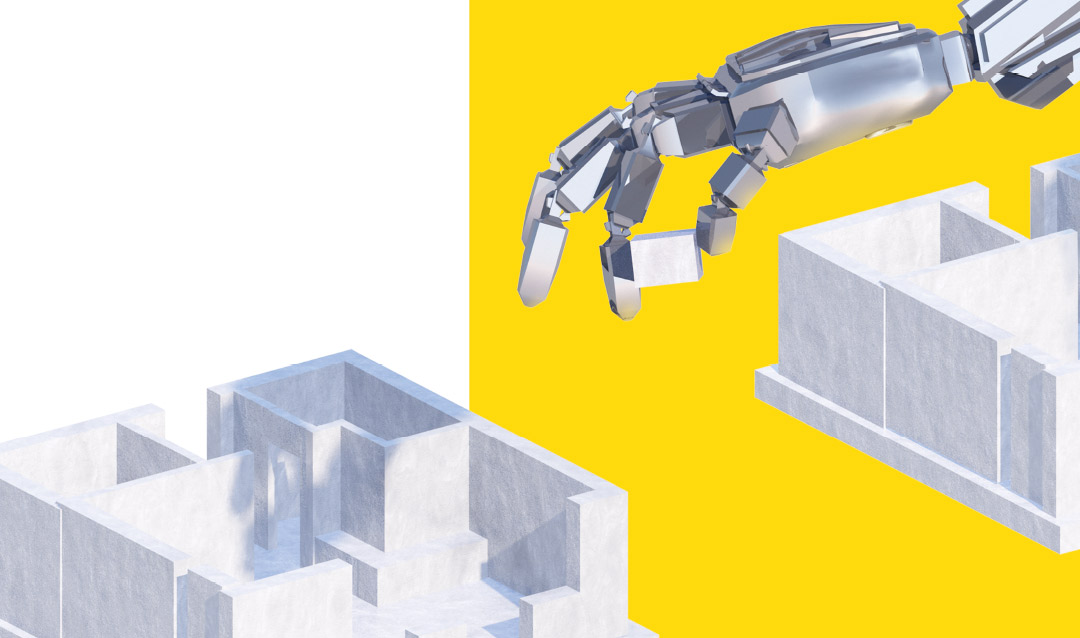You may not have heard of optimization, but you can see its fruit in pretty much any direction you look.
“If you use the word ‘best’—like the best way to classify data—you are talking about optimization, and specifically, about employing mathematical tools to do that,” says Frank E. Curtis, associate professor of industrial and systems engineering.
Optimization is the process of using sophisticated mathematics and algorithms to handle the astronomical amounts of data and information in which our technological systems are now awash. In that sense, optimization is the silent partner to almost every computer and technological function you could name. From self-driving cars and search engines to supply chains, image recognition or countless other applications, optimization undergirds each of them, providing the operational efficiency needed for them to work.
“Optimization is very fundamental, and it’s the basis for a lot of things happening right now,” says Katya Scheinberg, the Harvey E. Wagner Chair in Manufacturing Systems Engineering. “Take something like machine learning ... Sometimes the data used is very noisy or inconsistent. With optimization, we want to create robust methods that are pretty much guaranteed to work without too much user intervention, and the algorithms have to work for various kinds of data. What we basically do is general, foundational optimization, but there are also particular applications we’re working on.”
Curtis and Scheinberg, along with Martin Takáč, assistant professor of industrial and systems engineering, and Hector Muñoz-Avila, professor of computer science and engineering, bring their expertise to the exploration of optimization in a variety of applications, all in an effort to improve researchers’ ability to use massive amounts of data in purposeful and productive ways.
Optimization in Action
Machine learning is critical to robotics, and the self-driving car is an example where numerous machine learning systems are required for an autonomous vehicle to operate.
“There are diverse components to this, and some of these components are the optimizations of the kind that we’re working on,” says Scheinberg, who has received a grant from Google to develop optimization algorithms for robot locomotion. “I’m working on finding sequences of movements for a robot’s arms and legs, so to speak, that ensure the best performance for the robot to perform certain tasks. Some of the parameters we use to measure this are how far the robot can go without falling, how quickly it can move and other similar activities.”
Takáč has explored methods with Nader Motee, associate professor of mechanical engineering and mechanics, and two doctoral students, Mohammadreza Nazari and Hossein K. Mousavi, for employing a network of robots that can learn how to collaborate and achieve a given task. For instance, in a search to locate survivors in critical situations, such as a building collapse in the event of an earthquake, a team of flying robots can be deployed to find survivors as fast as possible. The robots need to learn how to communicate effectively and collaboratively in order to explore and cover a large area.
Given the interconnected nature of transportation, energy, communication systems and more, smart cities will be unthinkable without advanced optimization. Voluminous data flows require innovative optimization models to keep the systems running at their peak by integrating energy, traffic, transit and infrastructure data to maximum effect. Another project Takáč is working on, in collaboration with Shamim Pakzad, associate professor of civil and environmental engineering, and doctoral students Sila Gulgec and Soheil Sadeghi Eshkevari, involves remotely monitoring structures like bridges by installing sensors on the structure, which allows for continuous data collection and cuts back on the need for human inspections. They also work on a crowdsourcing approach in which data from sensors on mobile phones can be utilized to make many important decisions in civil engineering applications.
The number of sensors, the amount of real-time data to process, and the possibility of false alarms from the sensors present a prototypical optimization challenge.
“Bridges age and move a bit, and the machine learning will be used to define what a normal state of the bridge is, and when something is outside the norm and needs to be checked,” says Takáč.
Such a sensor system would be extremely useful in the event of an earthquake or other unforeseen occurrence, alerting infrastructure officials about exactly where to look for structural problems.
Another example: supply chain management, a critical facet of running a successful business. In a global economy, managing stock efficiently depends on myriad factors. Transit times and methods, consumer demand, fuel costs, traffic patterns, manufacturing lead times and other variables need to be taken into account, Takáč explains. “The optimization would tell you how much time ahead you have to ship iPhones so you can satisfy your customers with high probability.”






